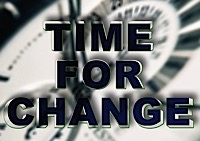
This week HubSpot was lucky enough to be included in the Inc. 500 list of fastest growing private companies. It’s a great honor, we're really excited (and humbled) to be listed next to so many great companies. In an adjoinging article in Inc. Magazine, our CEO Brian Halligan discusses a key part of our success (and looks impressive in a full-page photo too). He talks about our approach to experimentation and our methodology for incubating new ideas. What Brian describes is three tiered approach to promoting and funding unconventional projects. It’s a methodology that served us well thus far and helped create an innovation pipeline that offsets our traditional disciplined focus on the core business.




















